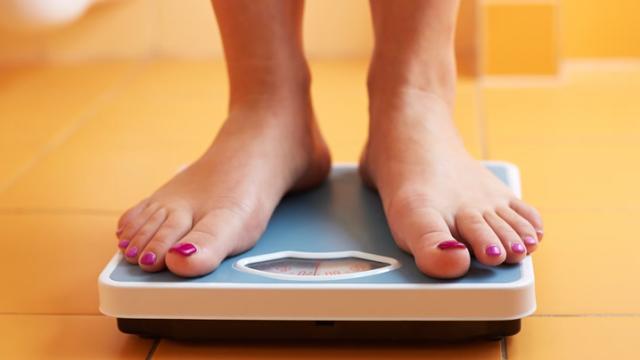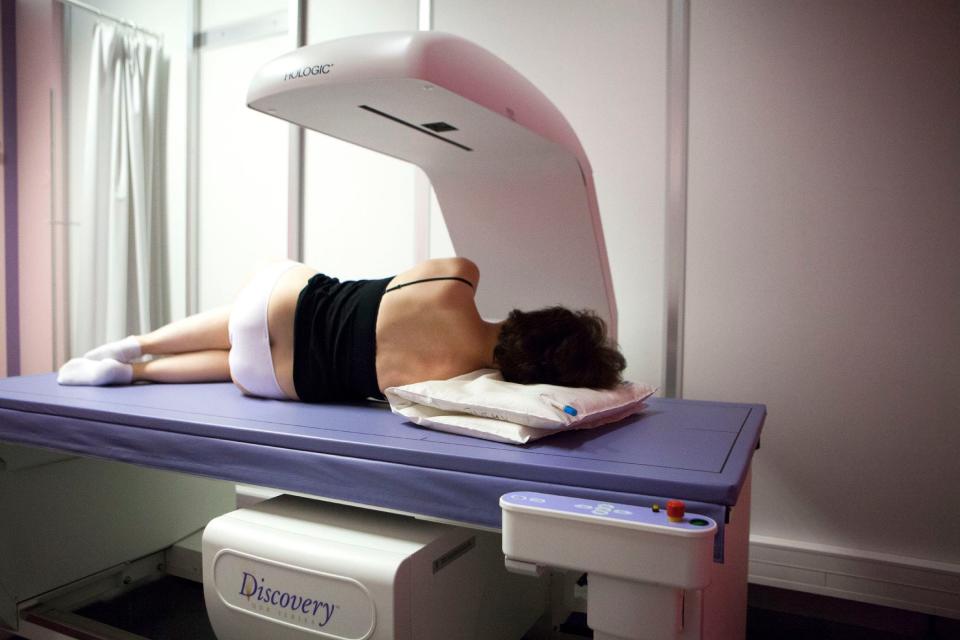BMI is a junk health metric — but there are alternatives that actually work

BMI isn't a great health indicator, because it only consists of a person's height and weight.
One major issue with BMI is that it doesn't separate muscle from fat.
Many doctors increasingly rely on DEXA scans to get a better picture of patient health.
Your weight. Your height. These are the only two numbers it takes to calculate your body mass index, or BMI. But a person's BMI can't really say much about their overall metabolic health.
BMI is a simple way to gather data about someone's body size. Most doctors will use it at some point to get a rough sense of what kind of shape their patients are in, and try to figure out whether someone is carting too much excess weight around.
Most doctors already know that BMI is imperfect. It not only makes taller people seem fatter than shorter people, it has also proven, over many years of study, to be pretty bad at gauging the health of non-white patients, leading to greater health inequities.
"Typically when I'm asked about BMI, my blood pressure goes up," Amy Kutch-Stanbery, a body composition and bone density expert, says in the forthcoming Netflix documentary, "You Are What You Eat," which follows 21 pairs of identical twins on a two month-long healthy eating and exercise journey.
Individual BMIs are divided into four categories: underweight, normal, overweight, and obese, and these categories are sometimes used to determine whether to recommend drugs or other interventions to help patients lose extra weight.
But Kutch-Stanbery, a former president and current advisor at DexaFit, has spent years observing different muscle-to-fat ratios in real people's bodies. She knows that simply measuring someone's height and weight can never truly capture that individual's fitness or health. In the documentary, she shares two hypothetical height-and-weight examples that illustrate her point beautifully.
BMI doesn't take muscle into account

"If you have a 6 foot, 250 pound bodybuilder with 10% body fat, by BMI calculation, they'd fall in the obese category," she said. "A 120 pound female [5 feet 5 inches tall] that's nearly 40% body fat would be 'normal.'"
"That's why BMI is dog shit," Kutch-Stanbery said. "If you don't have muscle, you are unhealthy, regardless of your pant size or the scale weight."
BMI is a math hack, not a health indicator

BMI was never meant to be a clinical measurement used to keep track of an individual patient's wellbeing. Developed by a European mathematician in the mid-1800s, it was only supposed to be a quick math hack for population-wide obesity estimates. In June 2023, the American Medical Association, perhaps finally sensing an over-reliance on this outdated and racially problematic measurement, adopted a new policy aimed at getting doctors to use BMI as just one of several tools for assessing the metabolic health of patients.
"When we stand on a bathroom scale, we are not looking at fat and lean mass," Kutch-Stanbery added.
She runs an entire business based on this premise. The high-end machines she uses in her practice can assess a person's overall health more accurately than a simple BMI score ever could. DEXA scans (short for 'Dual Energy X-ray Absorptiometry') use X-ray images to determine how much muscle, fat, and bone is inside a person.
Importantly, the scans also image precisely where that muscle and fat is distributed. Some of the most dangerous fat in the body is the visceral fat that's buried deep inside of us, wrapping around critical internal organs like the liver and intestines.
That's why doctors and scientists running clinical trials increasingly prefer to rely on DEXA scans. You can also get a DEXA scan yourself at a hospital, clinic, or diagnostic center, if they have the right machinery available. It takes about 15 minutes for the machine to scan your body, and can cost anywhere from around $100 to over $1,000.
But if you don't have a bundle of cash to spend on a whole body X-ray scan, you can get a rough assessment of how much dangerous visceral fat you have hanging around your internal organs by measuring the size of your belly.
To do this, place a tape measure just above your hip bones, keeping it snug and horizontal. Generally speaking, the Centers for Disease Control and Prevention says you are at higher risk for developing obesity-related conditions if your waist circumference is greater than 35 inches — for nonpregnant women — or greater than 40 inches for men.
"You Are What You Eat," a four-part Netflix docuseries, premieres on January 1, 2024.
Read the original article on Business Insider